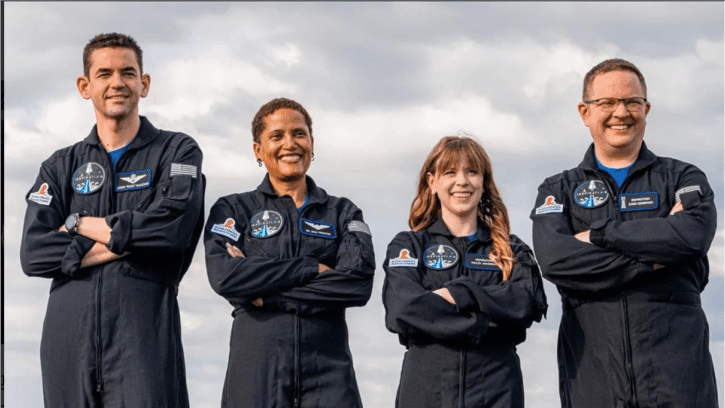
White House spokeswoman Karina Jean-Pierre denied a report in the U.S. media on the 8th that President Joseph Biden did not receive treatment for Parkinson's disease.
Biden had the first televised debate of the 2024 presidential election with Republican opponent Donald Trump on June 27, and his poor performance on the spot triggered discussions about his physical condition. The New York Times reported that a doctor specializing in the treatment of Parkinson's disease had "visited" the White House eight times from August last year to March this year.
Facing the media's questions about Biden's health, Jean-Pierre asked and answered himself at a regular White House press conference on the 8th: "Has the president received treatment for Parkinson's disease? No. Is he currently receiving treatment for Parkinson's disease? No, he is not. Is he taking medication for Parkinson's disease? No."
Jean-Pierre said Biden had seen a neurologist three times, all related to his annual physical examination.
She also took out the report issued by the doctor after Biden's most recent physical examination in February this year. The report said, "An extremely detailed neurological examination was once again reassuring" because no symptoms consistent with stroke, multiple sclerosis or Parkinson's disease were found.
The doctor who went to the White House mentioned by the New York Times is Kevin Kanal, a neurology and movement disorder expert at the Walter Reed National Military Medical Center in Maryland and an authority on Parkinson's disease.
Jean-Pierre suggested that the doctor might have come to treat military personnel on duty at the White House.




